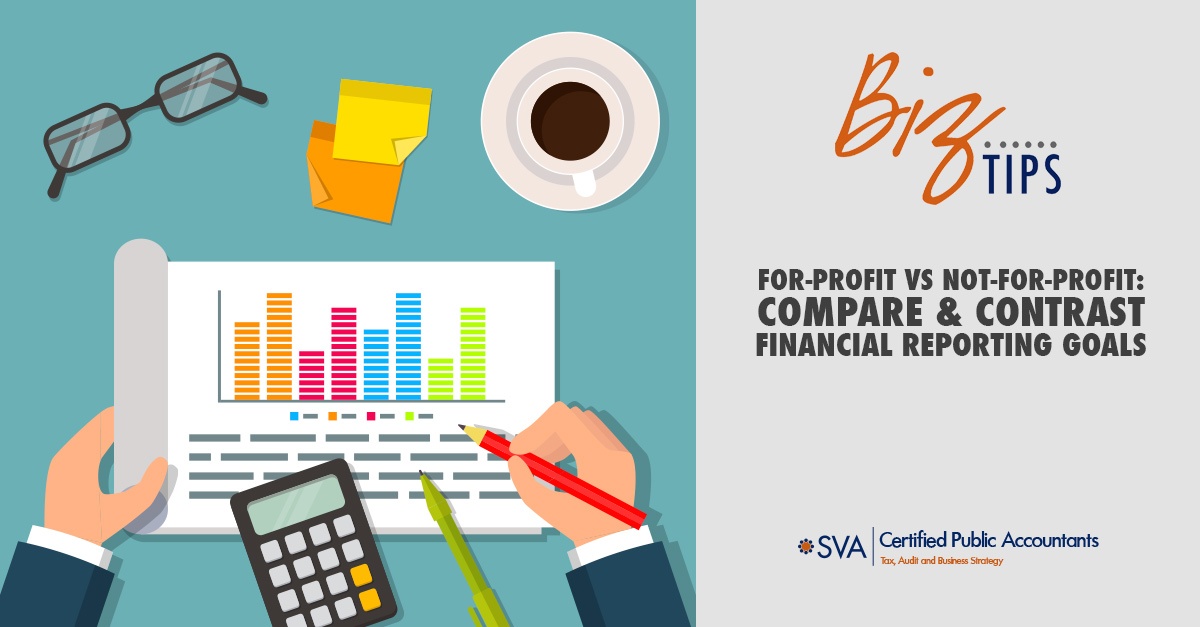As the term suggests, for-profit companies are driven primarily by one goal — to maximize profits for their owners. Nonprofits, on the other hand, are generally motivated by a charitable purpose. Here’s how their respective financial statements reflect this difference.
(Download Video Transcript)
Reporting Revenues and Expenses
For-profits produce an income statement (also known as a profit and loss statement), listing their revenues, gains, expenses and losses to evaluate financial performance. They report mainly on profitability and increasing assets, which correlate with future dividends and return on investment to owners and shareholders.
By comparison, not-for-profit entities just want revenue to cover the costs of fulfilling their mission now and in the future. They often rely on grants and donations in addition to fees for service income. So they prepare a statement of activities, which lists all revenue-less expenses, and classifies the impact on each net asset class.
Many nonprofits currently produce a statement of functional expenses. But a new accounting standard kicks in this year — Accounting Standards Update (ASU) No. 2016-14, Not-for-Profit Entities (Topic 958): Presentation of Financial Statements of Not-for-Profit Entities. It will require organizations to classify expenses by nature (meaning categories such as salaries and wages, rent, employee benefits and utilities) and function (mainly program services and supporting activities). This information will need to be expressed in a grid format that shows the amount of each natural category spent on each function.
Balance Sheet Considerations
For-profit companies prepare a balance sheet that lists the owner’s or shareholders’ equity, which is based on the company’s assets, liabilities and prior profits. The equity determines the value of a company’s common and preferred stock.
Nonprofits, which have no owners, prepare a statement of financial position. It also looks at assets, liabilities and prior earnings. The resulting net assets historically have been classified as:
- Unrestricted
- Temporarily Restricted, or
- Permanently Restricted, based on the presence of donor restrictions.
Starting in 2018 for most not-for-profits, the new accounting standard will reduce these classes to two:
- Net Assets without Donor Restrictions and
- Net Assets with Donor Restrictions
Footnote Disclosures
Another key difference: Nonprofits tend to focus more on transparency than for-profit businesses do. Thus, their financial statements and footnotes include a lot of disclosures, such as about the nature and amount of donor-imposed restrictions on net assets.
Starting in 2018, ASU No. 2016-14 will require more disclosures on the amount, purpose and type of board designations of net assets. Additional disclosures will be required to outline the availability and liquidity of assets to cover operations in the coming year.
Common Denominator
Whether operating for a profit or not, all entities have a common need to produce timely financial statements that stakeholders can trust. Contact us for help reporting accurate financial results for your organization.

© 2018

